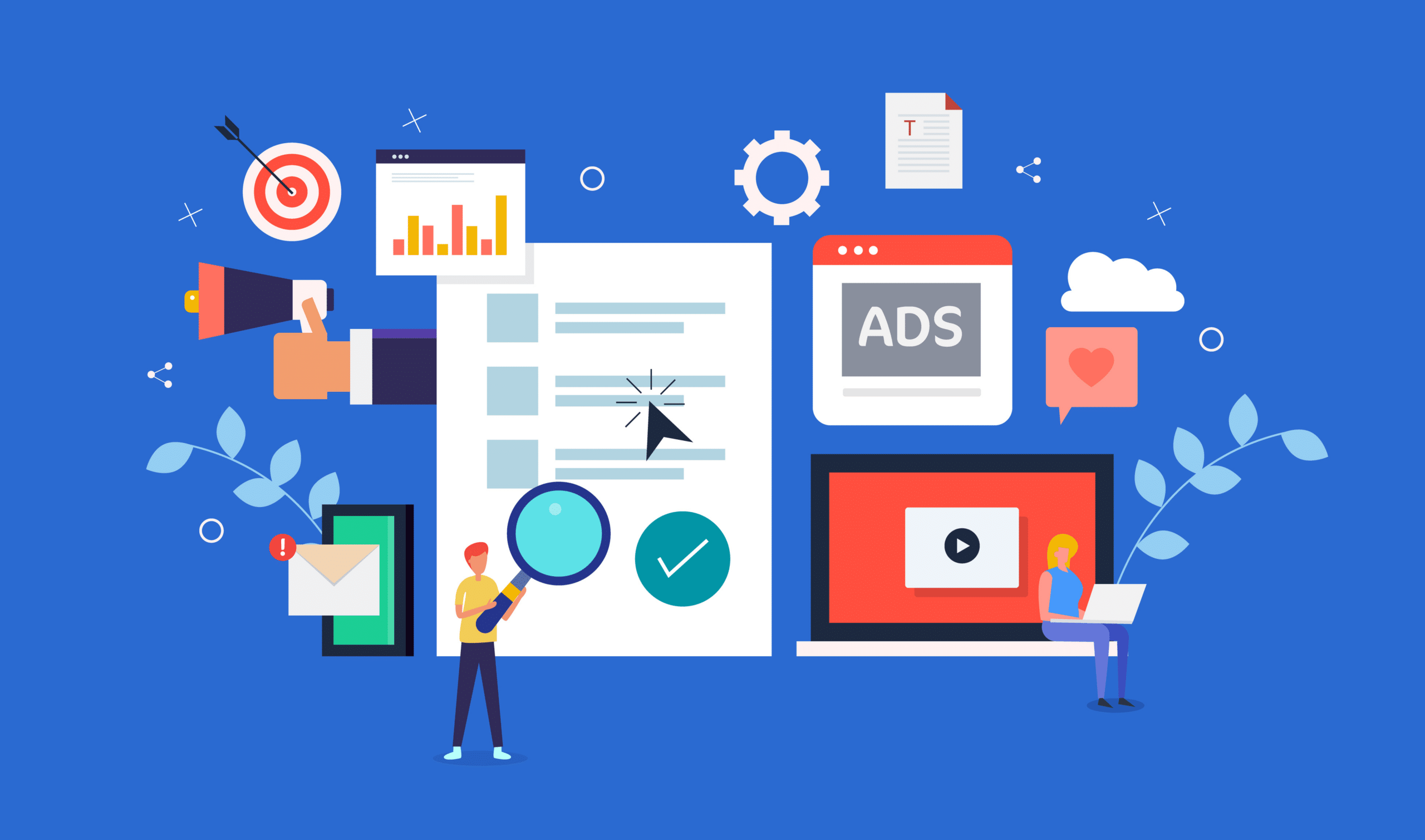Do you know your media data?
If you’re anything like most digital ad companies today, you’re probably looking at multiple databases and platforms, each housing critical pieces of information: audience demographics here, website behavior there, social media performance in another place entirely. With data all over the place, no wonder the top challenge I hear from our clients is how to streamline their operations.
Because data is the foundation of any successful ad campaign, housing data in multiple places can be a real pain point — and if left unsolved, can make it impossible to deliver the personalized experiences at scale that your ads need to be successful.
Here’s what you need to know about media data, and how to bring it together so you can drive more ad sales (and a better customer experience, to boot!):
The 3 types of media data
Before we dive into how to fix disparate, siloed data, let’s first go over a few definitions to better understand how your data interacts.
There are three types of data, broadly speaking:
- First-party data: Data collected directly by your company about the market, customers, or prospects. This can be behavioral data, such as website visits or social media engagement, or direct intel from sales meetings, content performance, or other signals.
- Second-party data: When one company purchases first-party data from another company. Essentially, second-party data helps you more fully map your network to see the bigger picture and identify new or emerging nodes of influence or opportunity, such a those through retail networks or eSport influencers.
- Third-party data: This type of data comes from aggregated sources, such as news, analysts, websites, social media reactions, or media mentions. Third-party data firms scour the web for information and sell that data to customers, or you can access it through cookies. But that’s now changing.
What about cookies?
You may have heard that Google plans to phase out third-party cookies by 2022, which has been the gold standard for advertising tracking and retargeting.
Traditionally, third-party cookies follow website visitors along to wherever they go on the internet, showing you the websites they frequently visit, other purchases they make, or where they get their news and information. All of this adds up to building profiles you can use to retarget prospects and customers as they visit other sites with advertisements.
Understandably, this announcement created panic among marketers.
But this is not the time to panic.
This is your opportunity as an advertiser to build more 1:1 relationships with your customers and take advantage of a new, converged data model that still gives you the big picture.
With AI, data-driven advertising is possible
With the deprecation of third-party data, it’s time to focus on what you can control: your first-party data. By getting your data house in order, you can tailor and customize the data you collect so you can still deliver best-in-class advertising experiences across the web.
In the new, converged world, you need one system that can sell all media types — making it seamless for you to target, track, and deploy ads. Maximize inventory yield across every channel, whether that’s print, digital, out-of-home, linear, or something completely new.
Programmatic advertising uses AI and machine learning to automatically purchase media across multiple channels defined by an audience. Advertisers can choose a specific audience segment and target across websites and platforms. This delivers ads to the right people at the right time on the right channel — as opposed to the “spray and pray” model so often used in the past.
And you can do it all with Salesforce Media Cloud.
How Salesforce Media Cloud can help you get your data house in order
Built on an industry-specific data model that extends your 360-degree-view of the customer, Salesforce Media Cloud gives you access to deep analytics and insights for budgeting, projections, actualization, and campaign pacing, with integrations that push data across multiple downstream systems so your team can collaborate and execute seamlessly.
With Salesforce Media Cloud, you can:
- Build or create converged media plans with pricing and quoting
- Manage the global contract lifecycle easily
- Automate ad insertion and orders
Salesforce Media Cloud helps you build a converged platform that you own to sell and build integrated media plans: print, linear, and digital, which can now integrate with programmatic exchanges as part of your overall media planning budget.
We’re here to help agencies and companies alike revolutionize the way they go about media buying — putting you back in the driver’s seat.





